
The Manabí province, home to the Lalo Loor Reserve, harbors some of the last fragments of Ecuador’s highly threatened coastal dry forest. With only 2% of this habitat still in existence, conserving and connecting these patches is a critical priority for preserving biodiversity and facilitating species movement. Ceiba is promoting forest protection, conservation incentives for land owners, land purchase, and locally-managed reforestation projects, to connect over a quarter-million acres of forest fragments through a groundbreaking Conservation and Sustainable Use Area (ACUS, in Spanish). Forest conservation and reforestation will form a biological corridor spanning over 135 km (85 mi) and a range of micro-climates and habitat types. The corridor passes through four counties and crosses the equator, effectively linking the Northern and Southern hemispheres. We also are encouraging adoption of agroforestry systems like coffee and cacao, in which cultivars are planted beneath shade trees; such systems create an “analog forest” that meets the economic needs of the landowner while maximizing biodiversity.
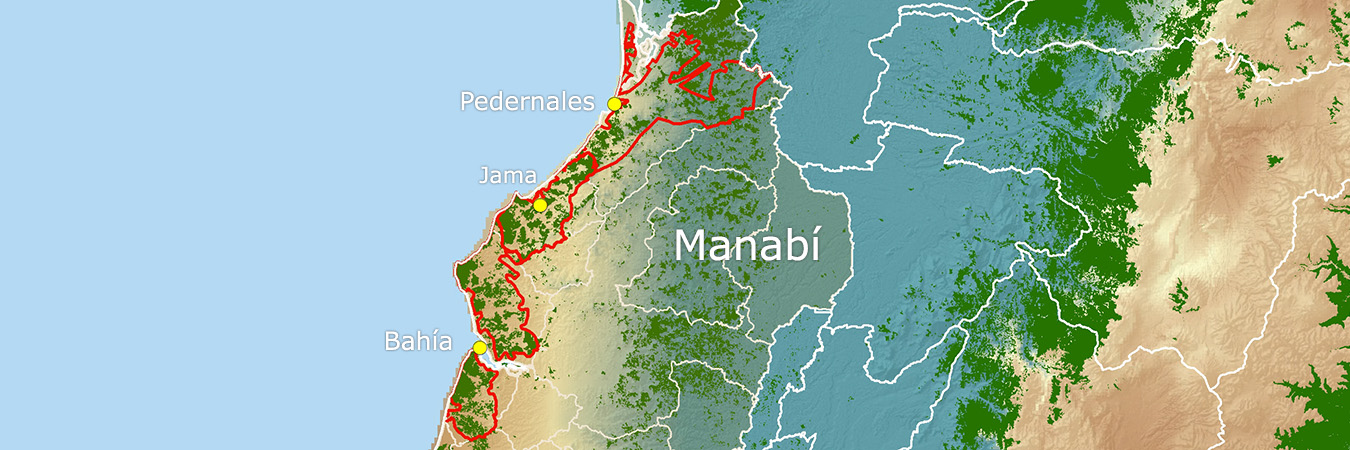
In partnership with four municipalities in Manabí, Ceiba established a new Conservation and Sustainable Use Area (ACUS) in 2019. The declaration promotes sustainable land uses that satisfy economic needs of landowners while also allowing local flora and fauna to flourish. The ACUS comprises over 500,000 acres in total area (206,000 ha), including more than 200,000 acres of forest (112,000 ha). Ceiba’s Conservation Corridor is within the planned area. Providing a legal framework for conservation and sustainable use are imperative to the long term success of the corridor project and the ACUS helps ensure that local landowners will have the support of their government. Within this program, we will continue promoting connectivity of forests through restoration and reforestation, technical assistance and training for landowners, and public education on the benefits of conservation and sustainable land use practices. For more information on this project see the ACUS Executive Summary and the ACUS informational sheet (both in Spanish).
The ACUS initiative is presently formed by a set of municipal declarations, which were enacted in 2019:
The legal declaration of an ACUS in Sucre county is in process, but effectively it is already functioning in that region.
Our goal is to collaborate with local landowners, promoting forest restoration and sustainable use of the region’s natural resources to increase the productivity of the land by improving soil fertility, water quality, carbon sequestration, and biodiversity conservation. This multi-faceted project links with our ongoing research programs and our growing community development and economic stimulus programs. It all started with the Lalo Loor Dry Forest reserve, established in 2004 to protect a few hundred acres of tropical deciduous forest, but this amazing region deserves a much larger conservation plan, and with your help, it’s becoming a reality.
Promoted Conservation Incentives:
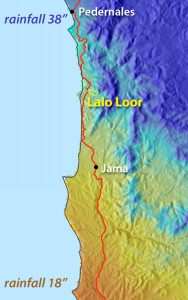 As global climate change accelerates, wildlife mobility becomes ever more important. The central coast of Ecuador, which lies within the Tumbes-Chocó-Magdalena Biodiversity Hotspot (what’s a hotspot?), spans an impressive gradient of precipitation: from over 8 meters (26 feet!) of rainfall in the Chocó rainforests of Colombia to the deserts of northern Peru where atmospheric moisture is virtually unknown. Around Lalo Loor we see a very rapid transition from the wet northern forests to the very dry southern deserts, and the reserve is unique in protecting plants and animals characteristic of both regions. Across the 135 km corridor, we see annual rainfall decline from 38 inches (960 mm) to only 18 inches (460 mm). The gradient is not only north to south, but also from low elevation to the peaks of the Coastal Cordillera mountains: note the darker blue mountains that curl around the reserve. The climatic diversity in this compact area is a tremendous benefit to wildlife and plants, as long as they are able to move in response to the impacts of climate change.
As global climate change accelerates, wildlife mobility becomes ever more important. The central coast of Ecuador, which lies within the Tumbes-Chocó-Magdalena Biodiversity Hotspot (what’s a hotspot?), spans an impressive gradient of precipitation: from over 8 meters (26 feet!) of rainfall in the Chocó rainforests of Colombia to the deserts of northern Peru where atmospheric moisture is virtually unknown. Around Lalo Loor we see a very rapid transition from the wet northern forests to the very dry southern deserts, and the reserve is unique in protecting plants and animals characteristic of both regions. Across the 135 km corridor, we see annual rainfall decline from 38 inches (960 mm) to only 18 inches (460 mm). The gradient is not only north to south, but also from low elevation to the peaks of the Coastal Cordillera mountains: note the darker blue mountains that curl around the reserve. The climatic diversity in this compact area is a tremendous benefit to wildlife and plants, as long as they are able to move in response to the impacts of climate change.
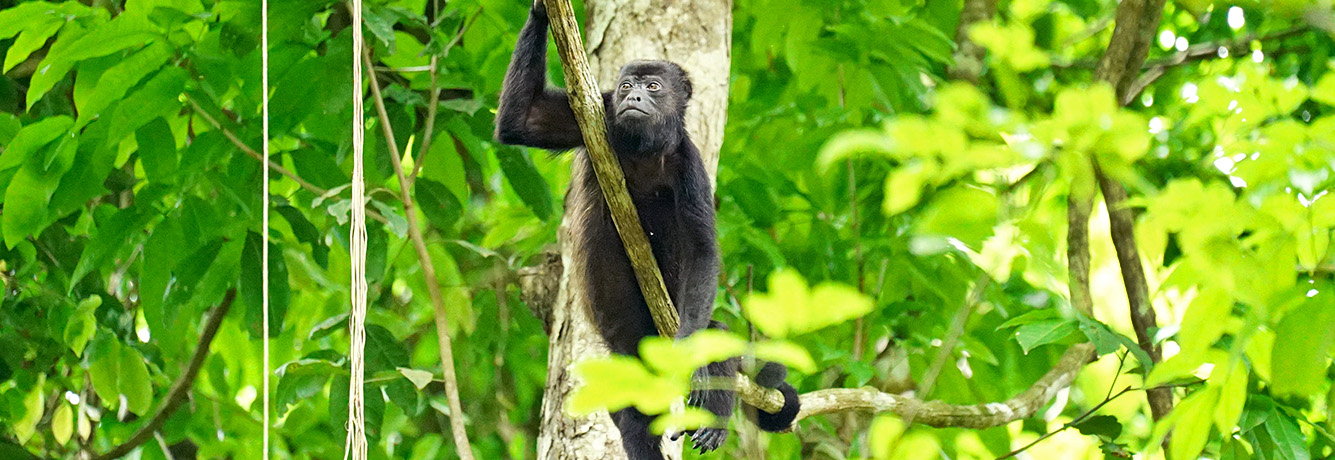
Some of the threatened species in this area that we are working to protect are are: Ecuadorian White-fronted Capuchin Monkey (Cebus aequatorialis, critically endangered), Ecuadorian Mantled Howler Monkey (Alouatta palliata ssp. aequatorialis, vulnerable), Grey-backed Hawk (Pseudastur occidentalis, endangered), and the Rufous-headed Chachalaca (Ortalis erythroptera, vulnerable). The Conservation and Sustainable Use Area will also cover coastal zones, a first for county-based conservation projects in Ecuador. The beaches found there include vital nesting sites for the Green Sea Turtle (Chelonia mydas, endangered) and the Olive Ridley Sea Turtle (Lepidochelys olivacea, vulnerable). If we are able to save the remaining forest patches, and reverse the tide of deforestation, these animals will have a fighting chance of surviving the land-use impacts of today and the climate change challenges of tomorrow.
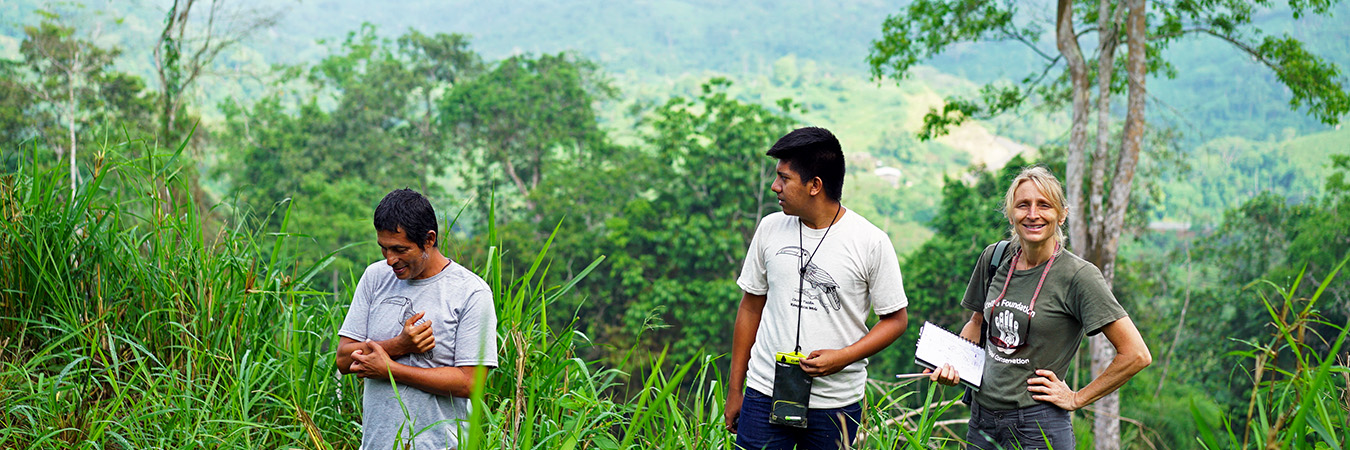
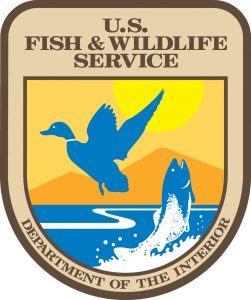 Thanks to grants from the US Fish and Wildlife Service in 2018 and 2021, we are working with some 20 landowners to restore hundreds of acres of land to connect existing forest fragments. Ceiba is supporting 9 local tree nurseries who will supply the seedlings and build local capacity. We work with each landowner to create personalized farm plans to best support landowner needs. Restoration techniques include assisted regeneration, reforestation, and agroforestry, including silvopasture. So far, we’ve planted a total of 12,000 trees, all species native to the region. Monitoring is a key aspect to the restoration work that we continue to build upon. We are assessing terrestrial mammals using camera traps to establish baseline data which will help us determine animal movements throughout the corridor and better refine our restoration techniques to support the local fauna. In the coming year, we will strive to develop monitoring protocols of restored areas that landowners can implement themselves. We will continue to conduct workshops in the region to build capacity for sustainable agriculture and bio-entrepreneurship. Other activities included working with local schools to incorporate environmental education and reforestation activities for children. The outcomes of our 2018-2019 USFWS grant are available in our final report.
Thanks to grants from the US Fish and Wildlife Service in 2018 and 2021, we are working with some 20 landowners to restore hundreds of acres of land to connect existing forest fragments. Ceiba is supporting 9 local tree nurseries who will supply the seedlings and build local capacity. We work with each landowner to create personalized farm plans to best support landowner needs. Restoration techniques include assisted regeneration, reforestation, and agroforestry, including silvopasture. So far, we’ve planted a total of 12,000 trees, all species native to the region. Monitoring is a key aspect to the restoration work that we continue to build upon. We are assessing terrestrial mammals using camera traps to establish baseline data which will help us determine animal movements throughout the corridor and better refine our restoration techniques to support the local fauna. In the coming year, we will strive to develop monitoring protocols of restored areas that landowners can implement themselves. We will continue to conduct workshops in the region to build capacity for sustainable agriculture and bio-entrepreneurship. Other activities included working with local schools to incorporate environmental education and reforestation activities for children. The outcomes of our 2018-2019 USFWS grant are available in our final report.